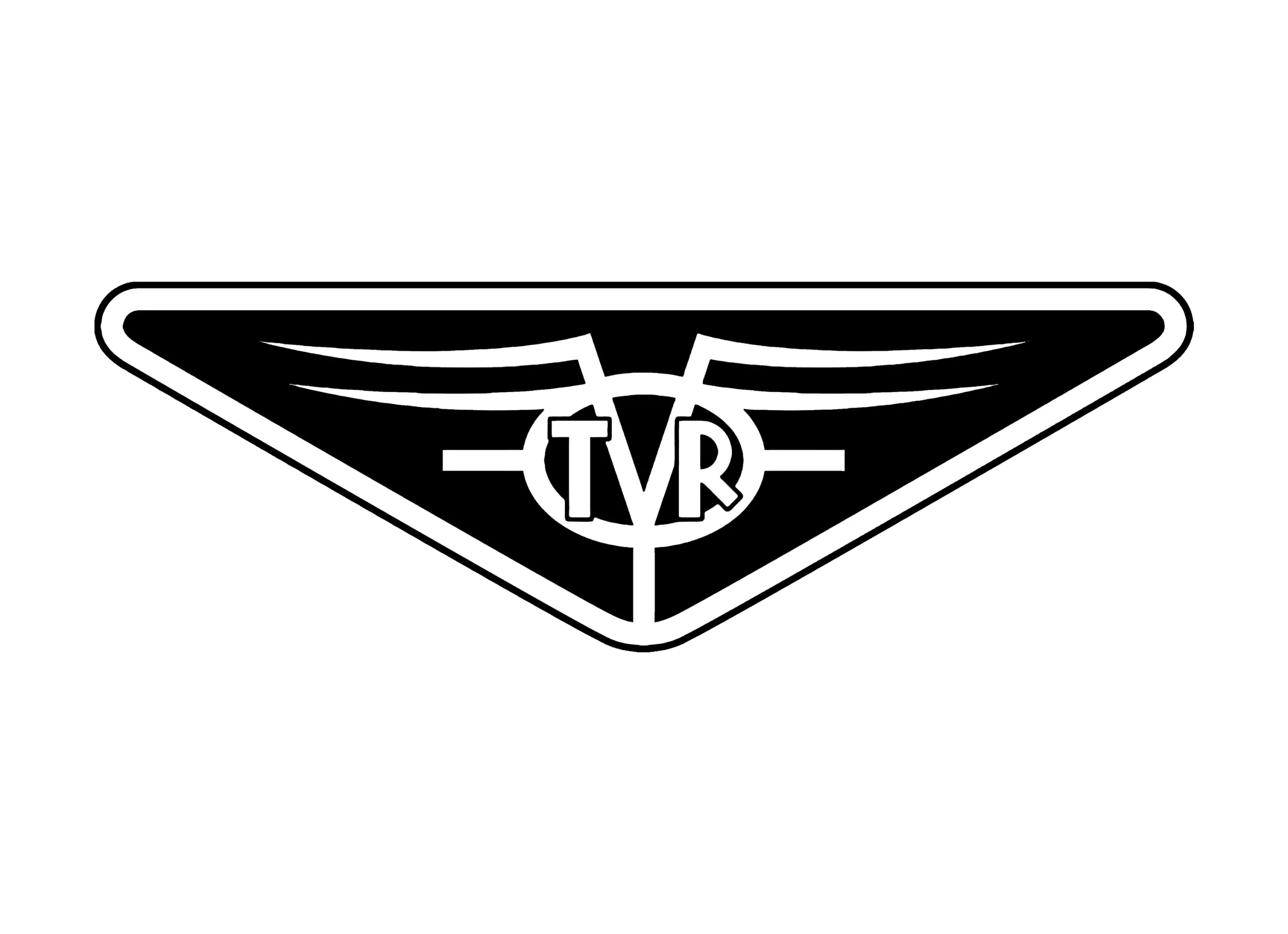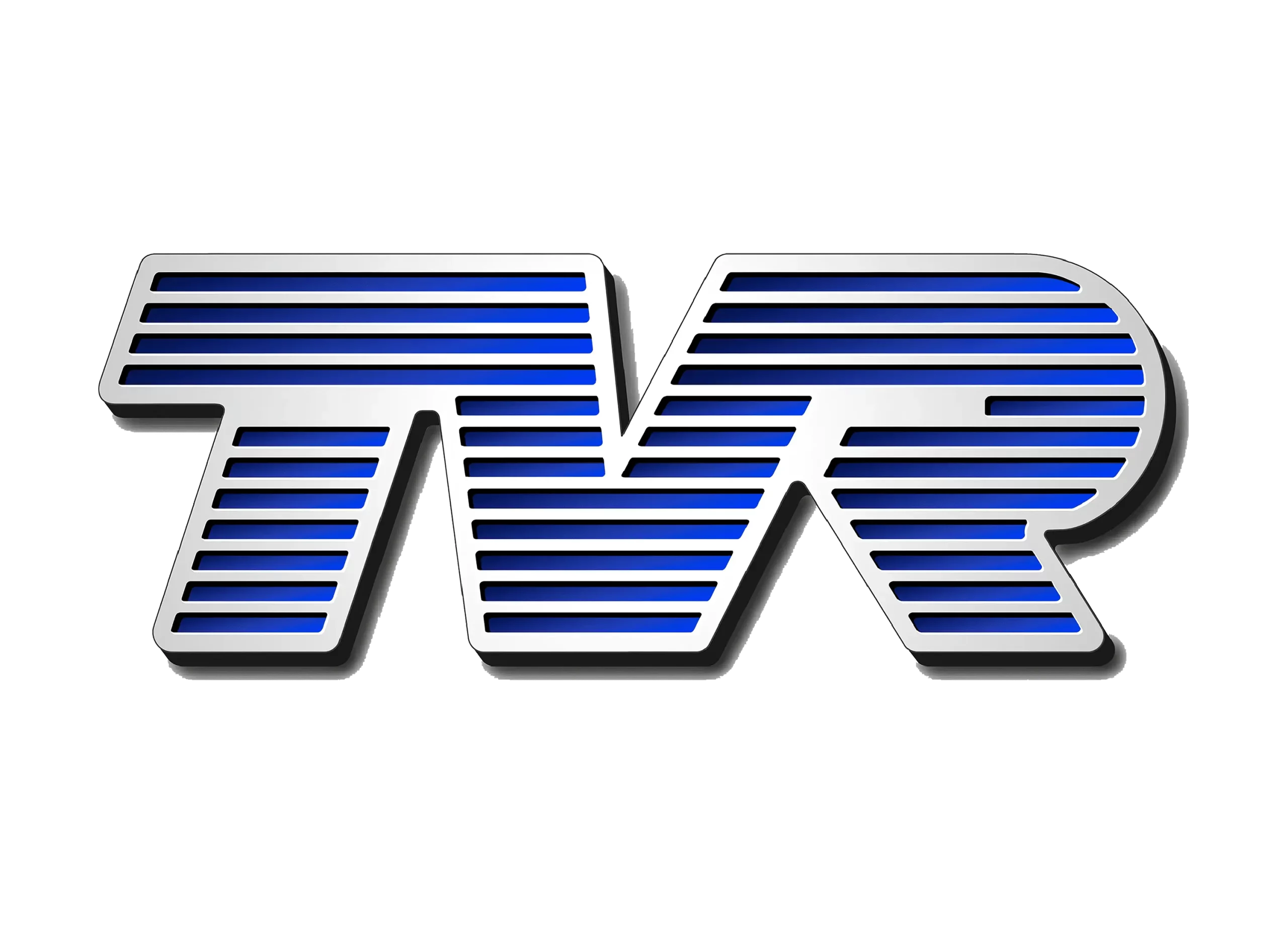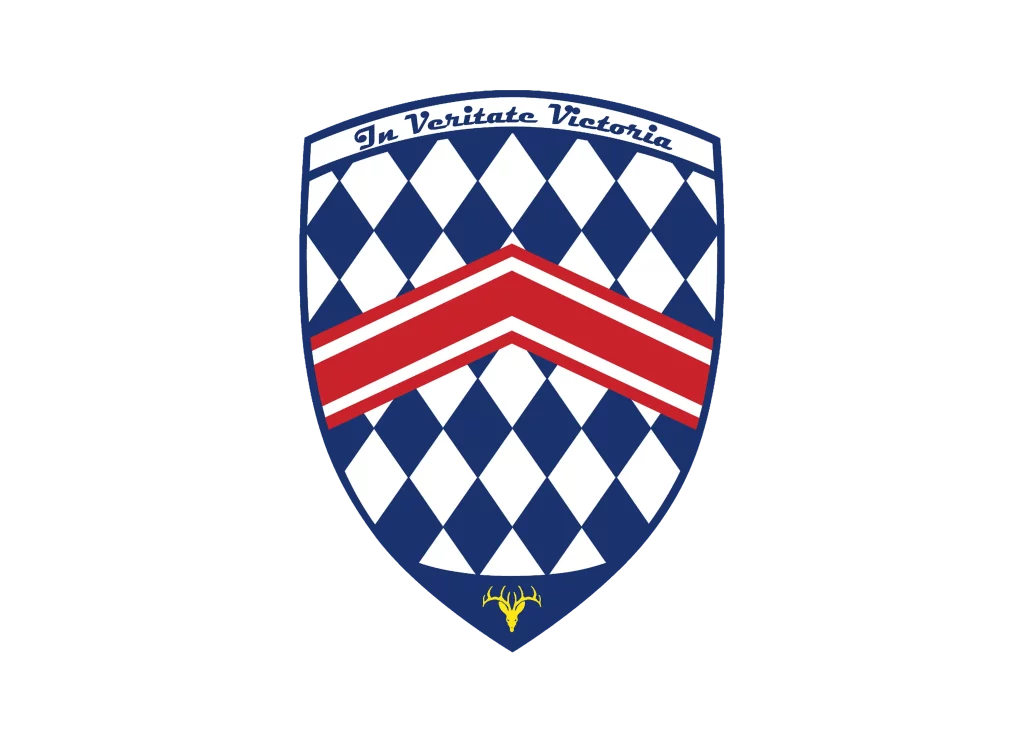TVR logo

The TVR logo is a simple and elegant design that has remained largely unchanged since it was first introduced. The logo consists of the letters “TVR” in bold, capital letters, with the letters separated by multiple horizontal lines.
The letters themselves are quite thick, with rounded corners that give them a slightly softer, more approachable look. The “T” and “V” are slightly taller than the “R”, giving the logo a slightly top-heavy appearance. The letters are also slightly spaced apart, which helps to emphasize the horizontal lines that separate them.
The horizontal lines that separate the letters are thin, straight lines that are evenly spaced apart. There are a total of 35 lines in the TVR logo, with 12 lines for the “T” and , 19 lines for the “V” and “R”, and 20 lines for the “R” , and few lines are used for each letter.
The lines serve to create a sense of movement and energy, giving the logo a dynamic and modern look. They also add a sense of depth and texture to the logo, making it more visually interesting and memorable.
Overall, the TVR logo is a simple yet effective design that embodies the brand’s focus on performance and modernity. The bold, capital letters and horizontal lines combine to create a logo that is both memorable and visually striking, making it instantly recognizable to fans of the brand.
TVR Brand Overview
1947
Trevor Wilkinson, Jack Pickard
Blackpool, England, United Kingdom
TVR is a renowned British car manufacturer that has been producing high-end sports cars since the 1940s. They are known for their lightweight, high-performance vehicles that offer a thrilling driving experience. TVR has a rich history of producing iconic sports cars, including the Griffith, Tuscan, and Sagaris models.
The company takes a unique approach to car manufacturing, with an emphasis on using lightweight materials and powerful engines to create vehicles that are both agile and fast. Each car is hand-built to order, ensuring that every TVR is a bespoke creation.
TVR has gained a loyal following of sports car enthusiasts over the years, thanks to the brand’s commitment to producing cars that deliver an unparalleled driving experience. While the company has faced its fair share of challenges, including a hiatus in production in the mid-2000s, TVR has bounced back in recent years, and fans eagerly anticipate the release of new models.
Overall, TVR is a British sports car manufacturer that offers a unique combination of high performance, bespoke craftsmanship, and a rich heritage. If you’re a fan of high-end sports cars, TVR is a brand that is worth exploring.
TVR History
TVR is a British car manufacturer that has been producing high-end sports cars since the 1940s. The company is renowned for its lightweight, high-performance vehicles that offer a thrilling driving experience. Over the years, TVR has established itself as a manufacturer of some of the most iconic and sought-after sports cars in the world.
History of TVR
TVR was founded in 1947 by Trevor Wilkinson in Blackpool, England. The company began by producing lightweight sports cars with custom-built bodies, often using parts from other vehicles. The first TVR car was the TVR One, a two-seater roadster with a tubular steel chassis and a body made of aluminum and fiberglass. The car was powered by a 1.0-liter engine from a Ford Anglia.
In the 1950s, TVR began producing more advanced sports cars, including the TVR Grantura, which was introduced in 1958. The Grantura was designed with a fiberglass body and a tubular steel frame, making it much lighter than other sports cars of the era. The car was powered by a range of engines, including a 1.5-liter MG engine and a 2.0-liter Ford engine.
Throughout the 1960s, TVR continued to produce high-performance sports cars, including the TVR Tuscan and the TVR Vixen. These cars were designed with lightweight materials and powerful engines, making them ideal for racing and high-speed driving.
In the 1970s, TVR faced financial difficulties and was sold to Martin Lilley, who took over as CEO. Under Lilley’s leadership, TVR continued to produce high-performance sports cars, including the TVR Tasmin, which was introduced in 1980. The Tasmin was designed with a futuristic body and was powered by a range of engines, including a 3.9-liter Rover V8.
In the 1990s, TVR began producing some of its most iconic sports cars, including the TVR Griffith and the TVR Cerbera. These cars were designed with aggressive styling and were powered by powerful engines, making them popular with sports car enthusiasts.
In the 2000s, TVR faced financial difficulties once again, and production of the company’s sports cars ceased in 2006. However, in 2013, the company was acquired by entrepreneur Les Edgar, who announced plans to revive the brand and produce a new range of high-performance sports cars.
TVR Today
Today, TVR is once again producing high-performance sports cars, with the introduction of the TVR Griffith in 2017. The Griffith is designed with a lightweight carbon fiber body and is powered by a 5.0-liter Cosworth V8 engine, producing 500 horsepower. The car is capable of reaching a top speed of 200 mph and can accelerate from 0 to 60 mph in just 3.6 seconds.
TVR’s commitment to producing lightweight, high-performance sports cars has remained a constant throughout the company’s history. Each TVR car is hand-built to order, ensuring that every vehicle is a bespoke creation. The company’s focus on performance and driving experience has earned it a loyal following of sports car enthusiasts around the world.
TVR is a British sports car manufacturer with a rich history of producing high-performance sports cars. From the early days of producing custom-built sports cars with parts from other vehicles to today’s carbon fiber-bodied Griffith, TVR has remained committed to producing lightweight, high-performance sports cars that deliver an unparalleled driving experience. Despite the challenges the company has faced over the years, TVR has maintained its position as a leading manufacturer of high-end sports cars and continues to produce some of the most sought-after vehicles in the world.






